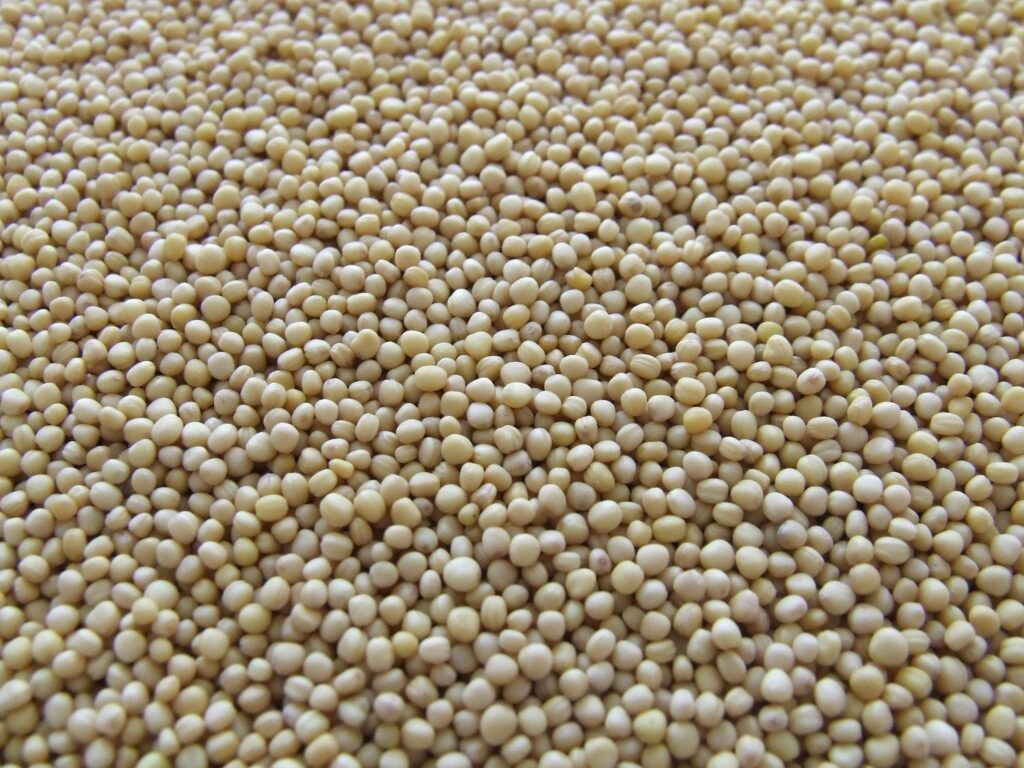
Soybeans are one of the most versatile and high-demand crops globally. However, to maximize profitability, farmers must go beyond traditional cultivation. By focusing on value-added products and implementing sustainable farming practices—such as agricultural biological—soybean growers can increase their market reach and boost earnings.
Comparison Matrix for Soybean Cultivation
| Factor | Traditional Soybean Farming | Value-Added Soybean Products |
|---|---|---|
| Revenue per Acre | $500 – $800 | $1,200 – $2,500 |
| Input Costs | High (chemical fertilizers & pesticides) | Moderate (biological inputs) |
| Market Demand | Moderate | High |
| Sustainability Impact | Low | High |
| Profit Margins | 10-20% | 30-50% |
Enhancing Soybean Farming with Agricultural Biological’s
Sustainable farming is the future, and agricultural biologicals play a critical role in improving soybean yields and quality. These natural products include biofertilizers, biopesticides, and plant growth enhancers, offering several benefits:
1. Healthier Crops
Biofertilizers introduce beneficial microorganisms into the soil, improving fertility and nutrient absorption, leading to stronger and more resilient soybean plants.
2. Eco-Friendly Farming Practices
With increasing consumer demand for sustainable products, using agricultural biologicals reduces reliance on synthetic fertilizers and pesticides, making soybean farming more environmentally friendly.
3. Pest & Disease Resistance
Biopesticides protect crops naturally from pests and diseases, ensuring higher yields while being safer for the environment and soil health.
4. Cost-Effective Solutions
Agricultural biologicals often cost less than chemical alternatives, reducing production expenses while improving long-term soil fertility.
Processing raw soybeans into value-added products significantly increases their market value. These products are widely used across multiple industries, providing farmers with diverse revenue streams:
- Soybean Oil: Essential in cooking, cosmetics, and the biofuel sector.
- Soy Protein: A key component in plant-based foods and dietary supplements.
- Soy Lecithin: Used as an emulsifier in food production and pharmaceuticals.
By shifting from raw soybean sales to processed goods, farmers can tap into lucrative industries like food production, animal feed, biofuels, and skincare, ensuring higher returns.
How to Maximize Profits in Soybean Farming
For soybean farmers looking to boost profitability, adopting these key strategies is essential:
1. Diversify with Value-Added Products
Producing soybean oil, protein, and lecithin allows farmers to enter high-demand markets such as food processing, health supplements, and biofuels, where prices are significantly higher than raw soybeans.
2. Integrate Agricultural Biologicals
Biofertilizers and bionutrients enhance soil fertility, while biopesticides offer organic pest control. These practices improve yields and appeal to eco-conscious consumers looking for sustainably grown products.
3. Optimize Processing & Supply Chains
Investing in modern processing equipment and efficient logistics ensures that value-added soybean products reach the market quickly, maintaining quality and maximizing profits.
4. Build Strong Industry Partnerships
Collaborating with processors, distributors, and sustainability-focused businesses helps expand market opportunities and enhances product credibility.
Conclusion
To unlock the full potential of soybean farming, producers must go beyond traditional cultivation methods. By focusing on value-added products and sustainable farming practices, such as using agricultural biologicals, farmers can boost profitability, enter new markets, and contribute to eco-friendly agriculture.

